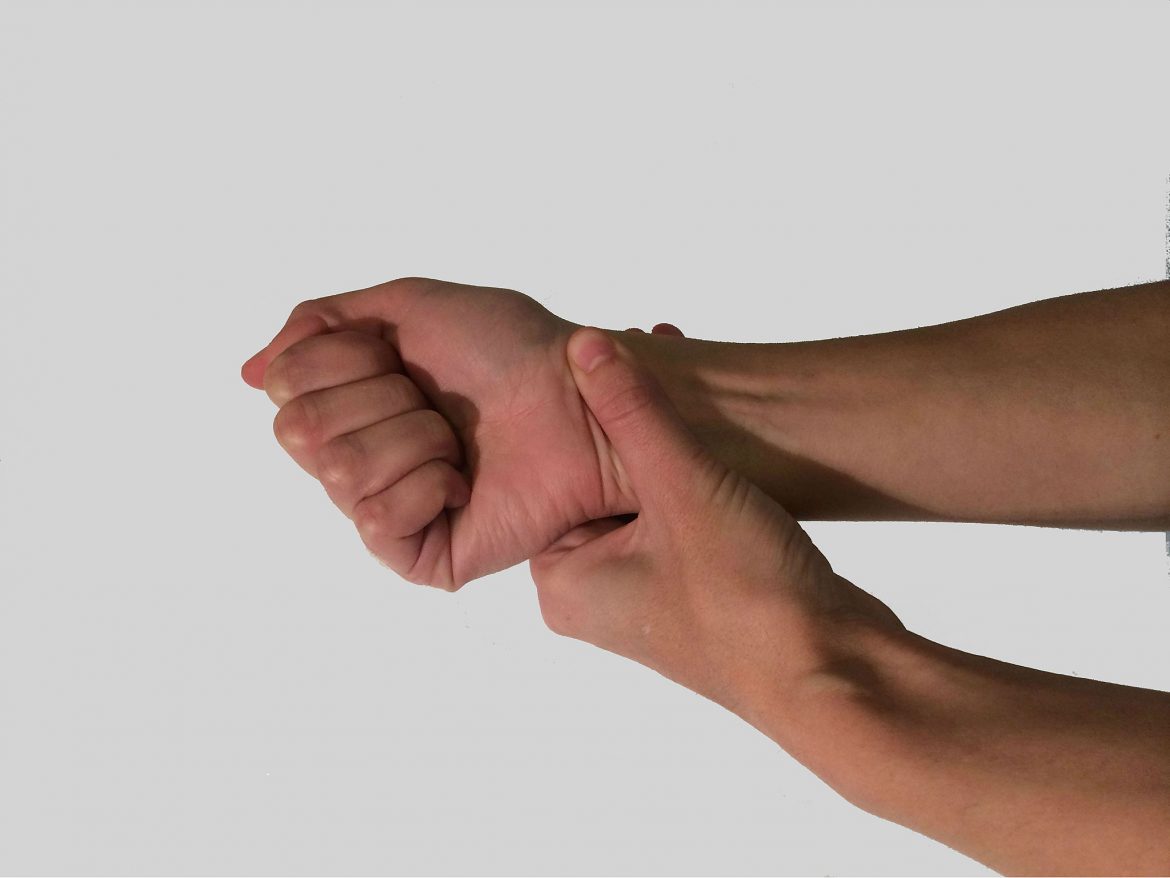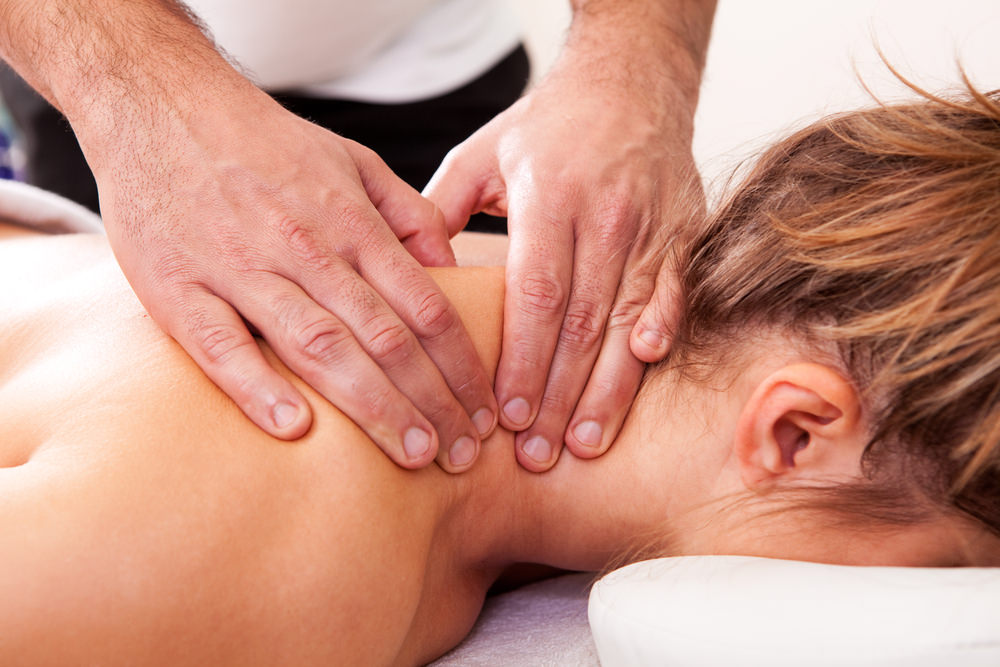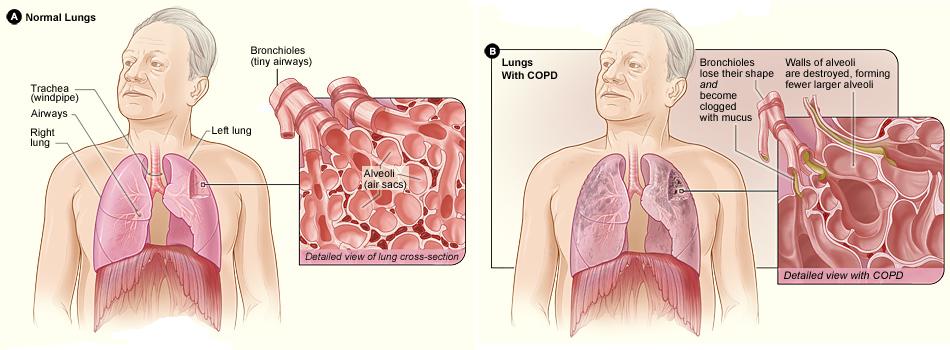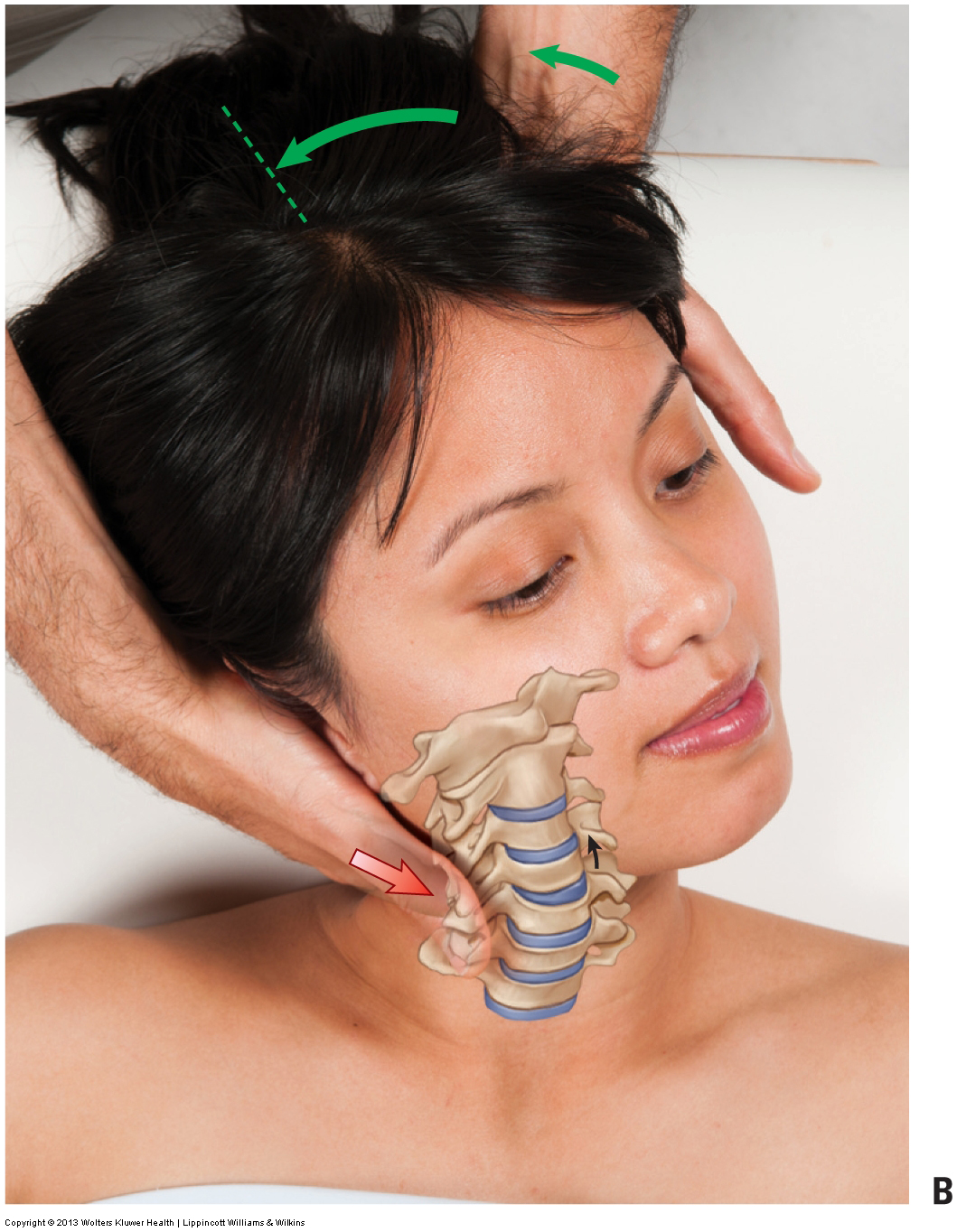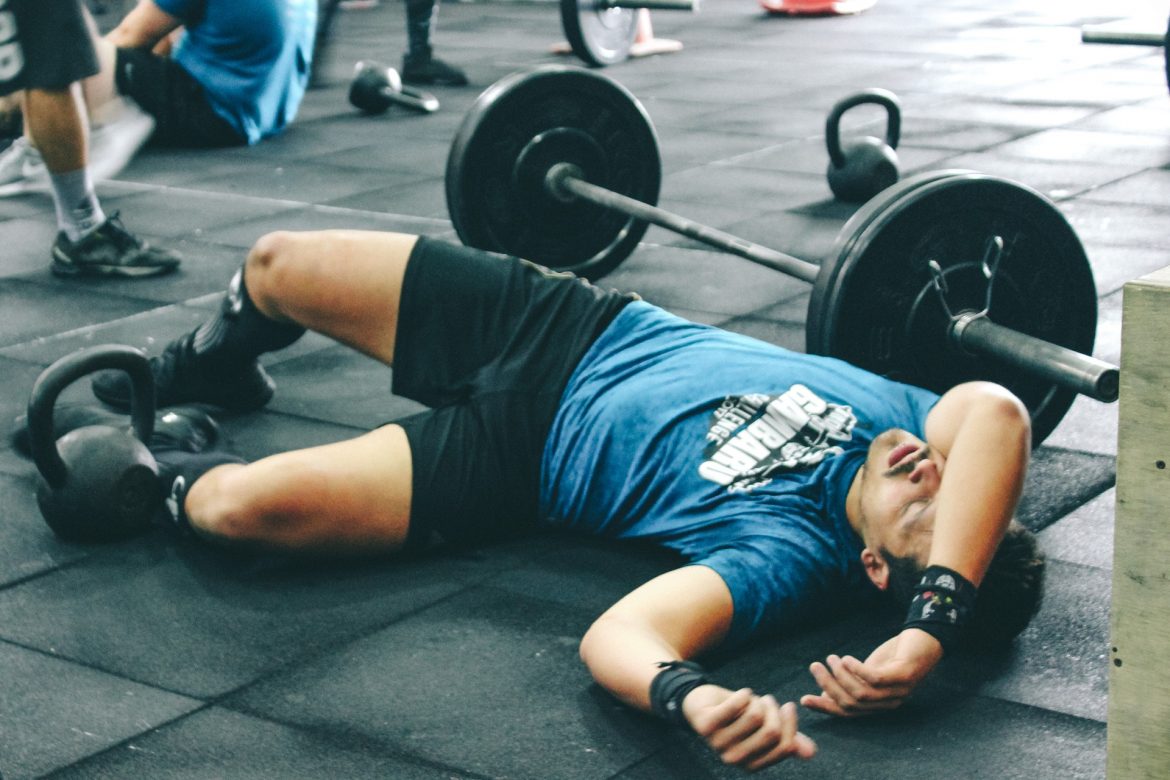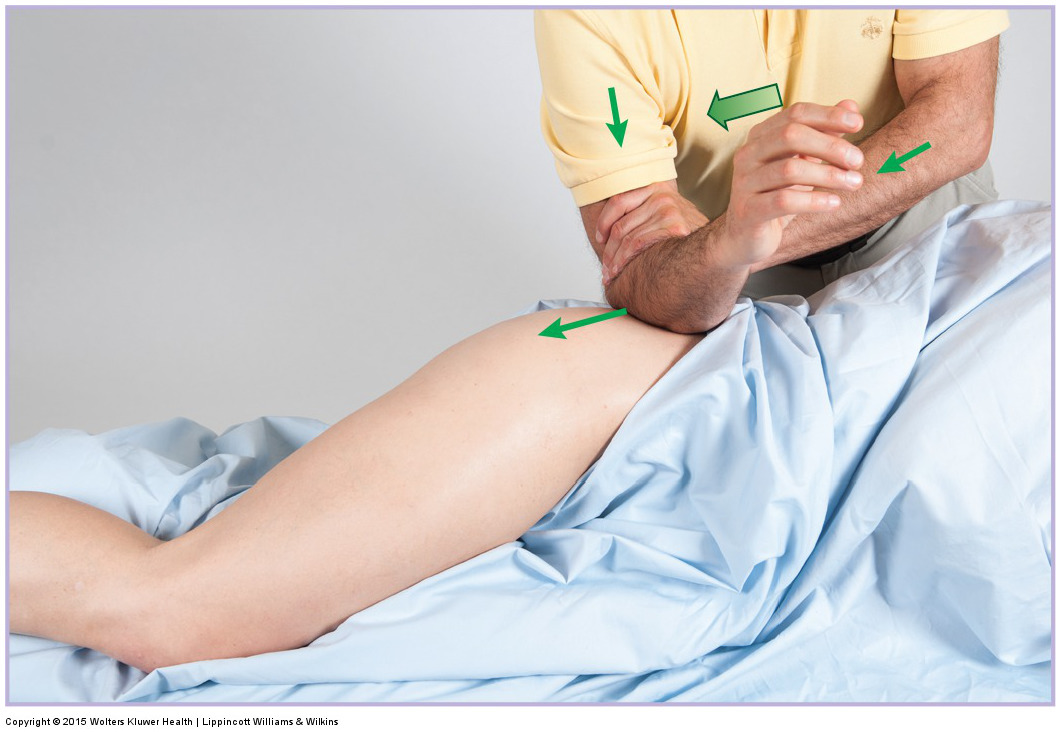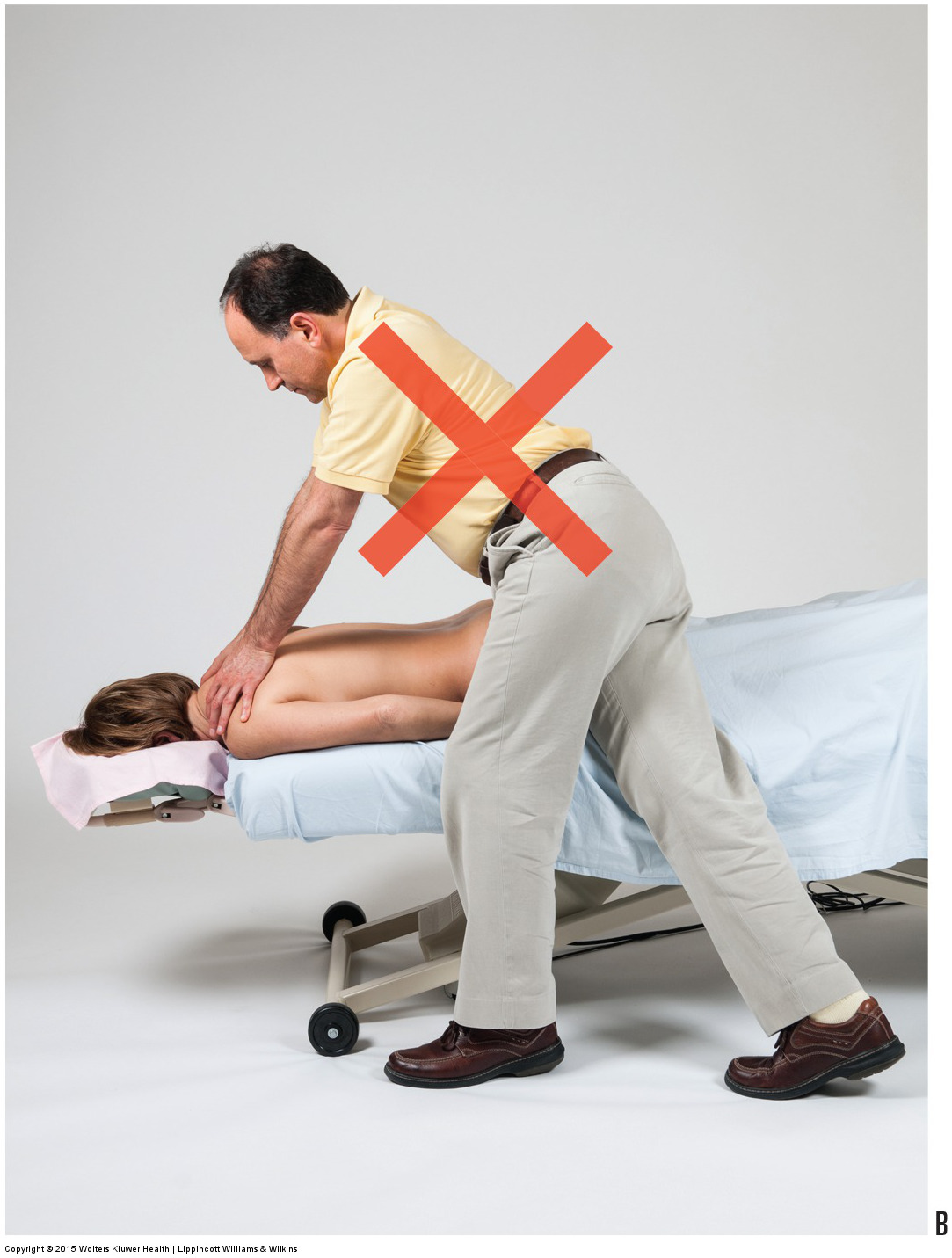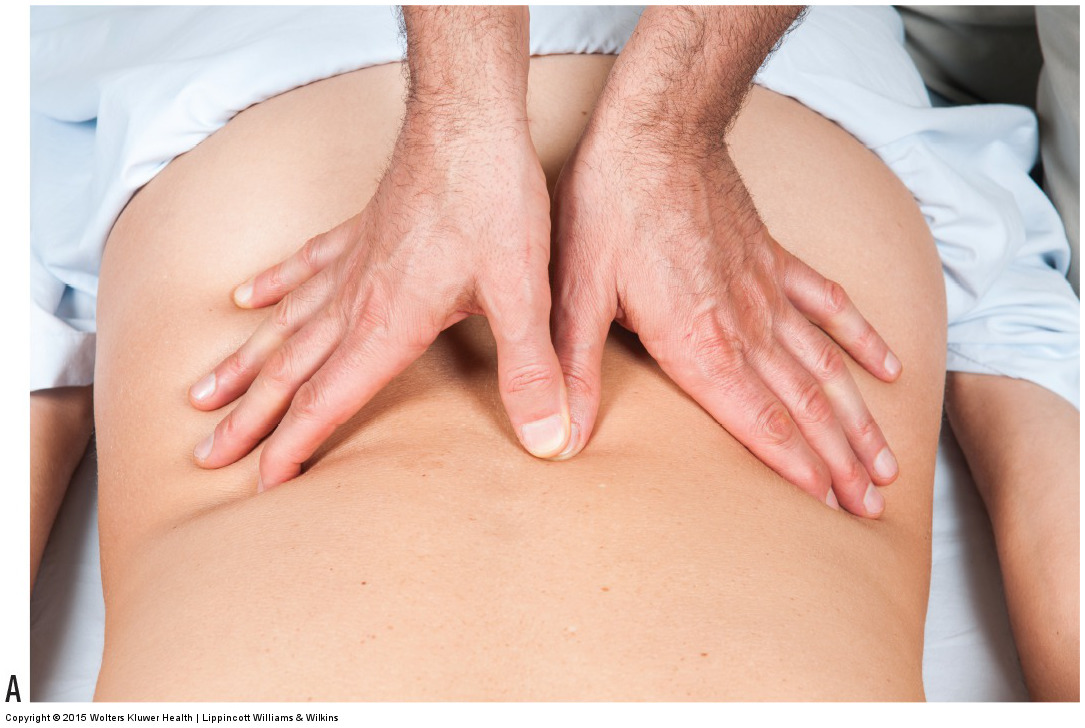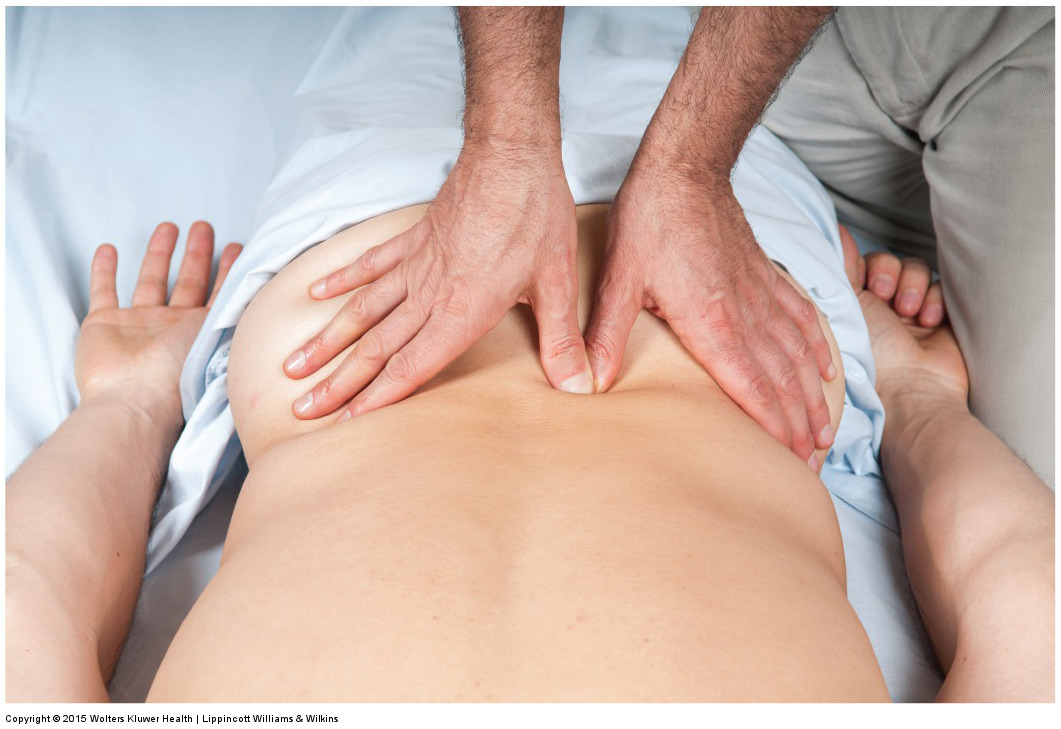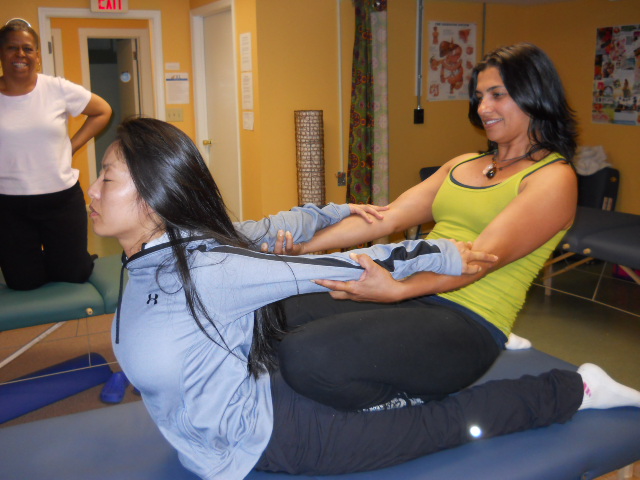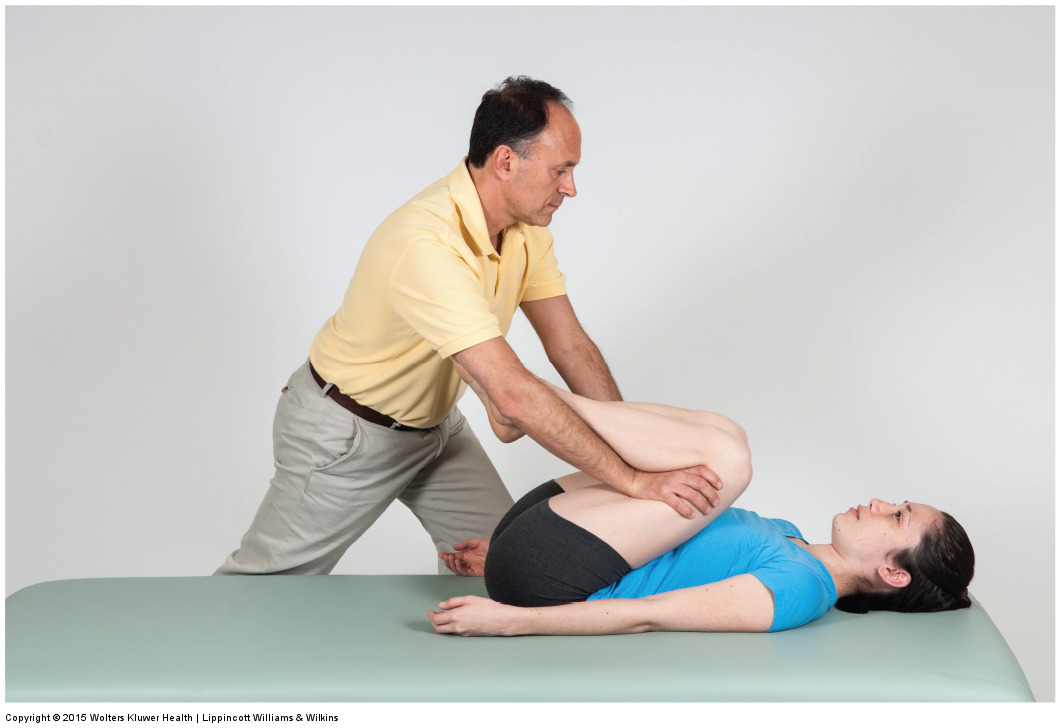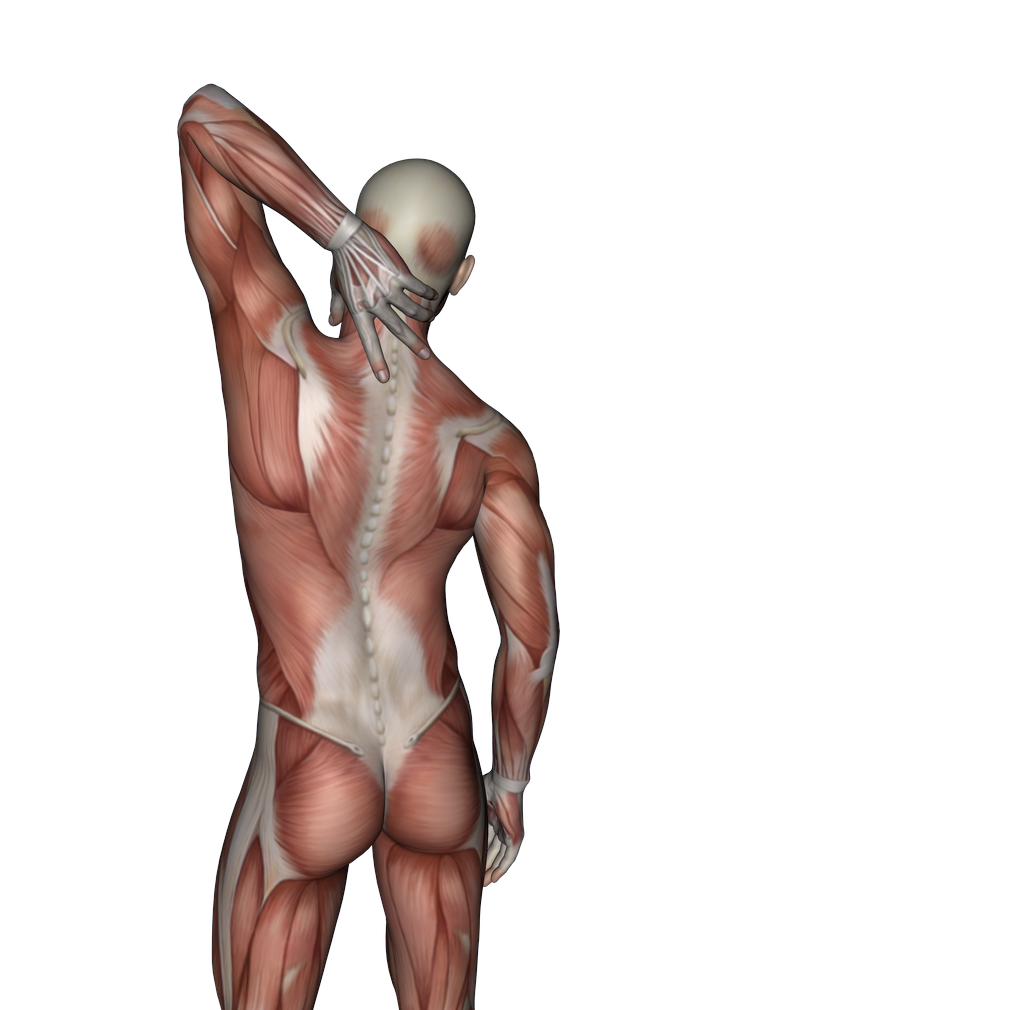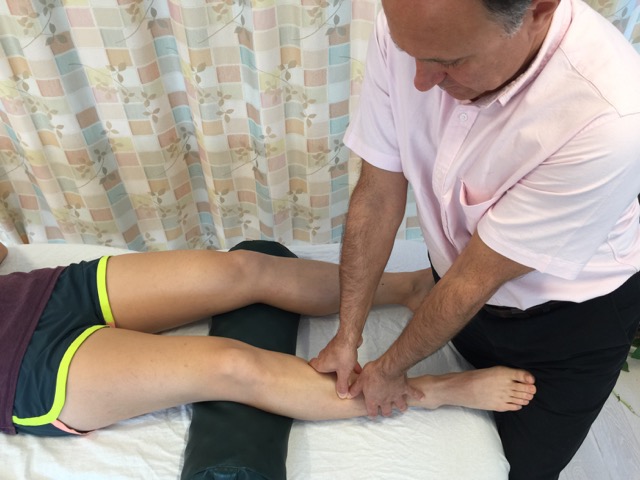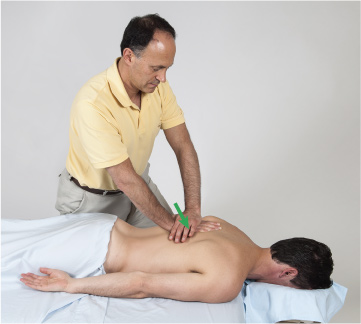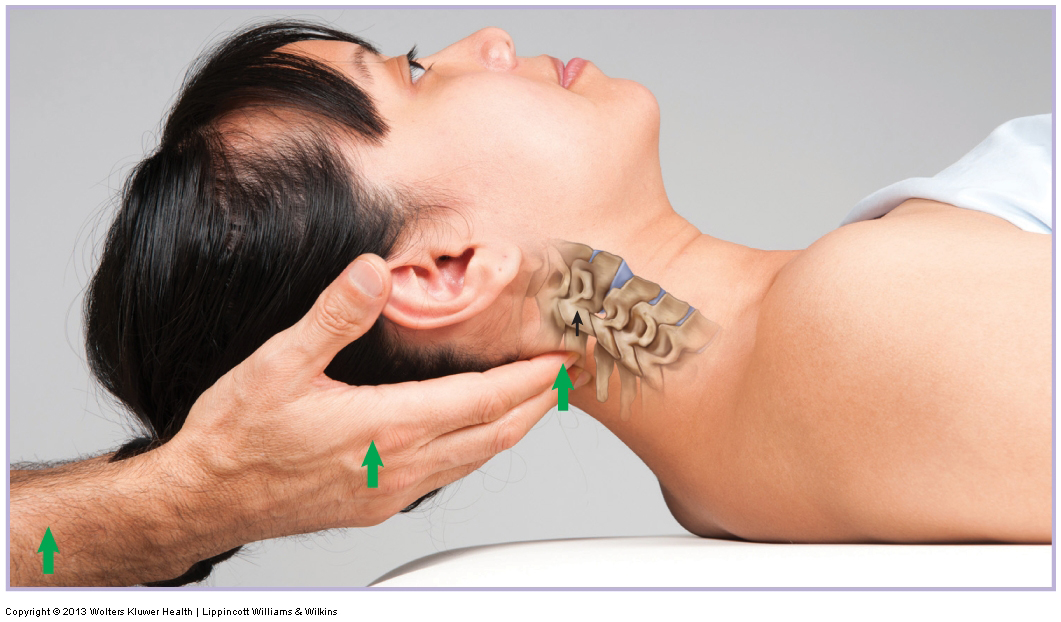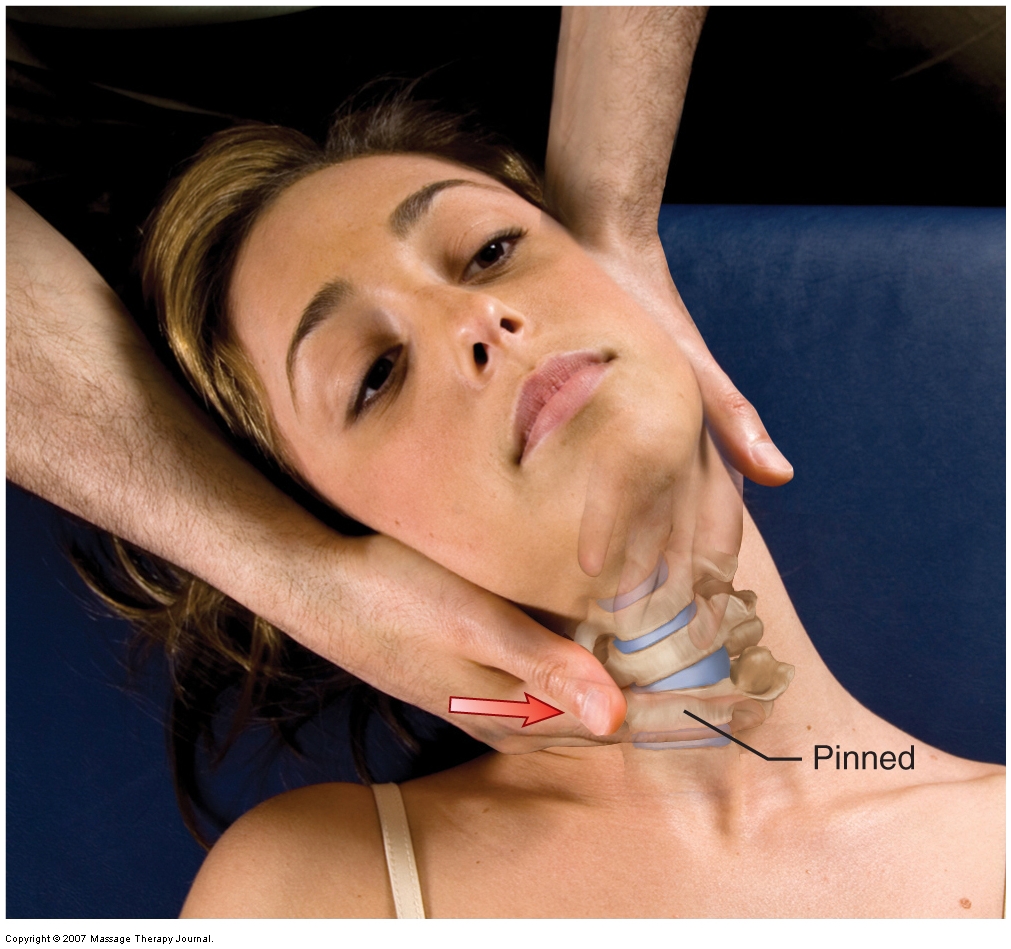Let’s discuss why and how physiotherapy works and how it is crucial in proper muscle recovery.
ASK Dr. Joe – “Ask Me Anything”
I am creating a new blog post feature to my content called Ask Dr. Joe, or perhaps better put, Ask Me Anything*. With Ask Me Anything, you can write to me by email ([email protected]) and ask me any question about: …
Infant Touch Lessens Pain in Infants
The major take-home points regarding infant touch from this study are: 1. Touch can be beneficial toward lessening pain; and 2. The quality of touch matters.
Manual Therapy as a Treatment for Overuse Injures
Regarding overuse injuroies, the authors suggested that if manual therapy were administered early, before pathological changes occur…
More Frequent Massage Sessions are More Effective for Neck Pain
Multiple 60-minute massages per week were more effective than fewer or shorter sessions for individuals with chronic neck pain.
The Effect of Manual Therapy on COPD
Soft tissue manipulation produced immediate clinically meaningful improvements in lung function in patients with severe and very severe COPD.
Massage Therapy Continuing Education
The value of massage therapy continuing education is often dependent on learning how to apply fundamental skill sets of manual therapy.
Myofascial Trigger Point Treatment and Lactate Levels
Massage therapy might reduce a myofascial trigger point by increasing lactate levels, not by directly increasing arterial blood flow.
Massage Therapy Reduces Pain in Mothers After Caesarean Birth
Mothers who had massage therapy after caesarean birth had increased relaxation, decreased pain, decreased stress, and decreased opioid use.
Altered Pelvic Bone Motion and Sacroiliac Pain
These findings of altered movement and glide support the concept that altered mechanics of the sacroiliac joint are correlated with the presence of pain.
Massage Improves Children’s Surgical Postoperative Recovery
Children receiving postoperative massage therapy had significantly lower anxiety and lower exposure to benzodiazepines than the standard of care group.
Massage Therapy is an Effective Post-Exercise Recovery Technique to Reduce DOMS
The authors concluded that massage appears to be the most effective method that was studied for reducing DOMS and perceived fatigue.
Ten Massage Therapy “Dos and Don’ts”
This is not a list of precautions or contraindications for massage therapy. Rather it is list of miscellaneous, somewhat random, “dos and don’ts” that I believe would improve massage therapy sessions with clients.
Deep Pressure Massage to the Low Back – Deep Strokes
To transition to perform deep strokes and maintain proper body mechanics, it is necessary to transition from being perpendicular to be slightly horizontal to glide along the client’s body. However, minimize the horizontal direction or pressure into the client’s tissues will be lost.
Deep Pressure Massage to the Low Back – Use Stacked Joints
Stacked joints are aligned in a straight line; in other words, the joints are extended as in anatomic position. This allows for the force from your core to travel through your upper extremity and into the client with little or no loss of strength.
Deep Pressure Massage to the Low Back – Tissue Tension Barrier
Being able to feel tissue tension barriers is the one most important hands-on skill that an orthopedic manual therapist needs. Clinical orthopedic manual therapy (massage and stretching) only effects change if we reach tissue tension and then apply slightly more force beyond it.
Deep Pressure Massage to the Low Back – Choosing the Treatment Contact
When working the low back, a good strategy is to begin with a smaller treatment contact such as thumb or finger pads to assess and begin treatment of the lumbar region, and then switch to a larger contact such as the palm or elbow to deliver deeper pressure.
Body Mechanics for Deep Pressure Massage to the Low Back – Overview
For proper body mechanics, it is important to support your contact. Place the thumb pad of your right hand over the thumb pad contact of the left hand to brace/support it. Proper location of the brace is to place the right thumb pad on the dorsal surface of the distal phalanx of the thumb.
Manual Therapy Case Study for Upper Crossed Syndrome
The therapist performed a static assessment of the client’s posture and noted the typical upper crossed syndrome with a hyperkyphotic thoracic spine, a hypolordotic lower cervical spine, a hyperlordotic upper cervical spine, protracted head, protracted scapulae, and medially (internally) rotated arms.
How do we Treat Upper Crossed Syndrome with Manual Therapy?
Especially effective for the pectoralis musculature is to use pin and stretch technique. With the client/patient supine and positioned toward the side of the table, pin the musculature with your finger pads as you bring the client/patient’s abducted arm off the side of the table and down into horizontal extension.
How do we treat sciatica with manual therapy?
It is necessary to determine what condition is causing the sciatic nerve compression and address that. If the cause is a pathologic disc, then addressing factors that affect disc compression is appropriate.
Marjorie Brook – Proactive Ways to Prevent Postoperative Adhesion Formation
Gentle appropriate movement helps to prevent excessive scar tissue and keep scar tissue from limiting future movement.
Muscle Strengthening Helps Decrease Neck Pain in the Workplace
The researchers found that the only intervention to clearly improve neck pain that was supported by the evidence in these studies was targeted neck and shoulder musculature strengthening exercise.
How do we treat shin splints with manual therapy?
The first goal of manual therapy treatment for shin splints is to relieve the tension of the involved musculature by lessening baseline muscle tone and eliminating any trigger points that might be present. The second goal is to treat swelling, if present.
Self-Care and Medical Approaches to Slumped Spinal Posture
An excellent self-care exercise is to recommend that the client/patient lie supine on an exercise ball to help move the thoracolumbar spine into extension.
How Do We Treat Slumped Spinal Posture with Manual Therapy?
When performing soft tissue manipulation/massage, it is always wise to begin with light to medium pressure, and then transition to deeper pressure.
What are the self-care and medical approaches to spinal joint dysfunction?
As a rule, moist heat followed by stretching is beneficial for spinal hypomobilities, and strengthening is beneficial for regions of spinal hypermobility.
How do we treat spinal joint dysfunction with manual therapy?
Joint mobilization treatment (Grade IV or V) is the most effective treatment technique to remedy a spinal joint dysfunction hypomobility once it is present.
Manual Therapy Treatment Strategy for the Low Back and Pelvis
For treatment strategy to be effective, treatments should be spaced no more than 2 to 3 days apart until the desired improvement has been achieved.
How do we treat Whiplash with manual therapy?
A whiplash/neck sprain is problematic to treat because it involves overstretching of ligaments, which causes joint instability.




